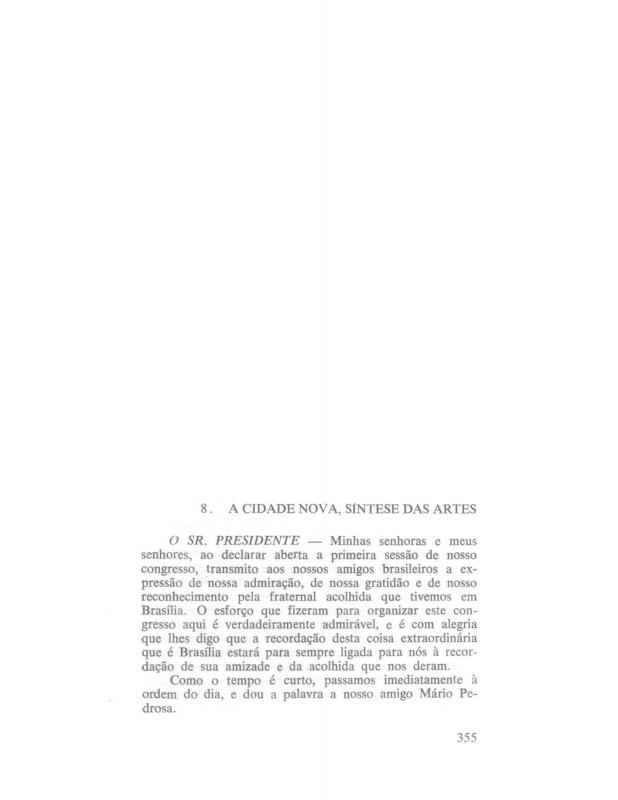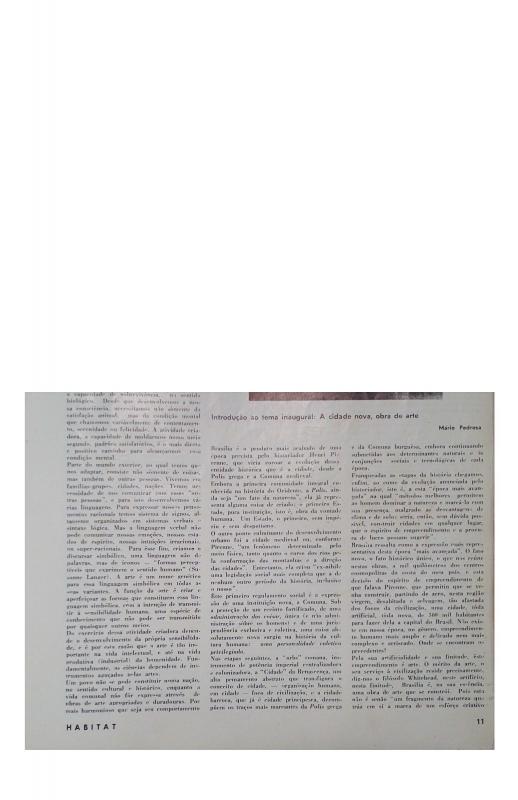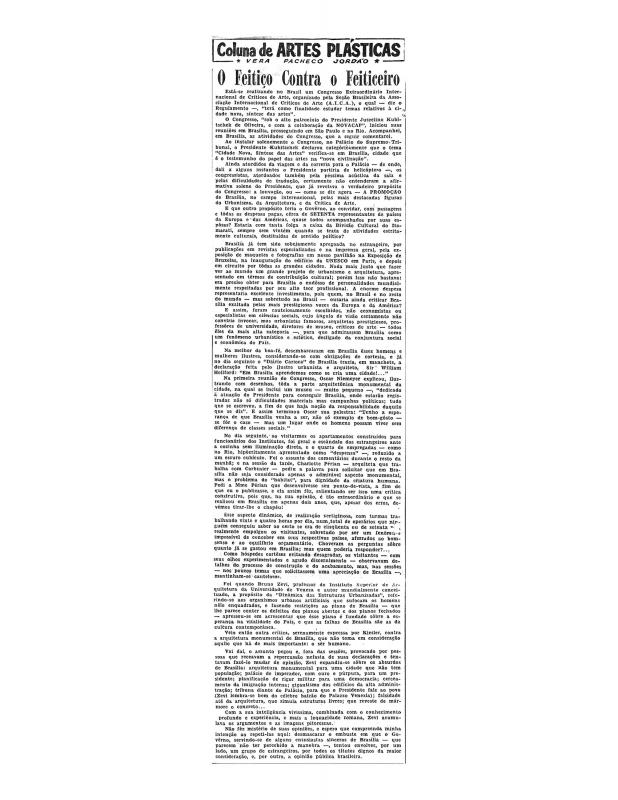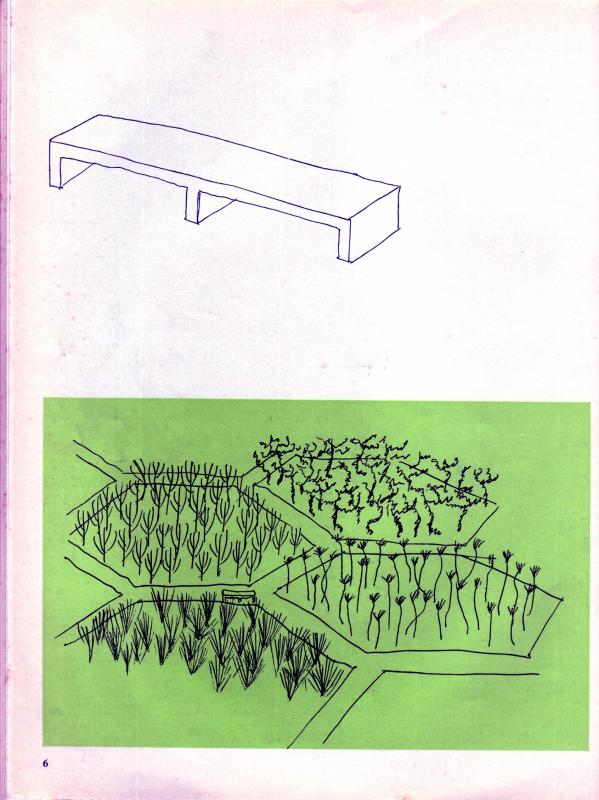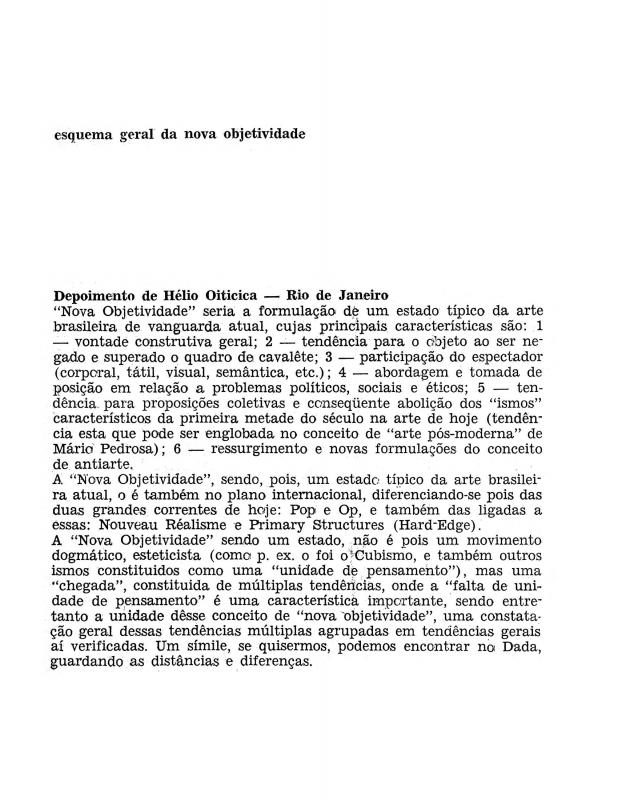At the time this article was published, the critic Mário Pedrosa (1900–1981) was the secretary-general of the Brazilian Section of AICA (International Association of Art Critics). He was the driving force behind the organization of AICA’s Extraordinary International Congress, which took place in the cities of Rio de Janeiro, São Paulo, and Brasília from September 17–25, 1959. The main aim of the congress, held under the theme A cidade nova, síntese das artes [The New City, Synthesis of the Arts], was to showcase the flagship project of the president Juscelino Kubitschek de Oliveira (1902–1976): the construction of the new capital city, Brasília [see documents: # 1086503, 1110409, 1110410, 1110411, 1086667]. The building of Brasília was as much a symbol of the new modern democratic project for the nation as an assertion of Brazil’s growing power and savvy to the outside world. The echoes of such a dual goal can be discerned also in Pedrosa’s article. The AICA Congress was purposefully timed to coincide with the 5th Bienal de São Paulo. Thus, Pedrosa’s praise of the geometric abstract works by Alfredo Volpi (1896–1988) and Milton Dacosta (1915–1988) should be taken as a part of his larger project to consolidate a vehemently distinct, regional vanguard movement; here, specifically, against the expressionistic and gestural tendencies that dominated the 1959 exhibition. A militant leftist in his youth and a cofounder of Brazil’s Labor Party in 1980, Pedrosa was a seminal figure of the Brazilian art scene of the 1950s and 1960s. Through his prolific critical writing and activities as a curator, he championed the Concrete and the nascent Neo-Concrete movements, as well as a variety of unassociated geometric abstract artists. He is also credited as a predecessor of the Brazilian Nova Objetividade, formulated in 1967 by the artistHélio Oiticica [see document # 1110372].

